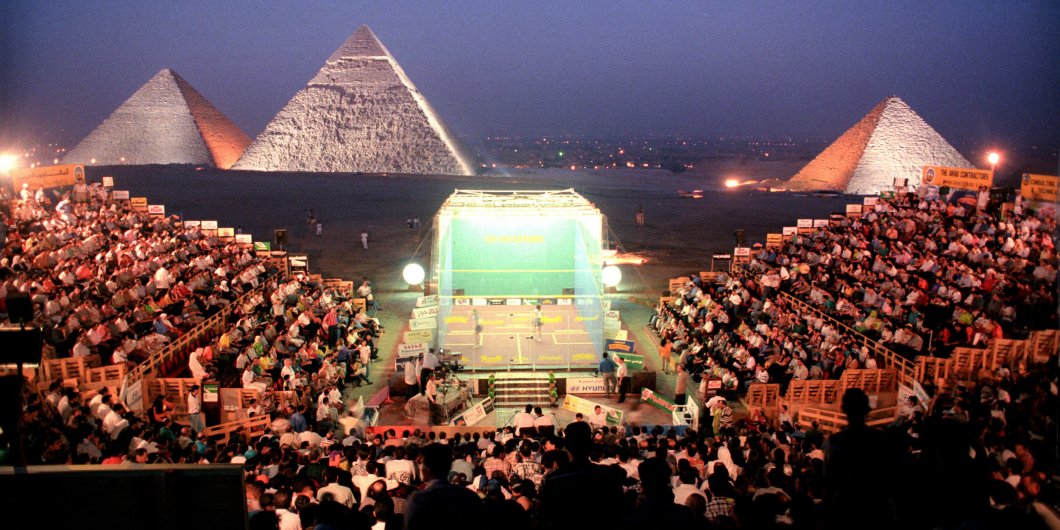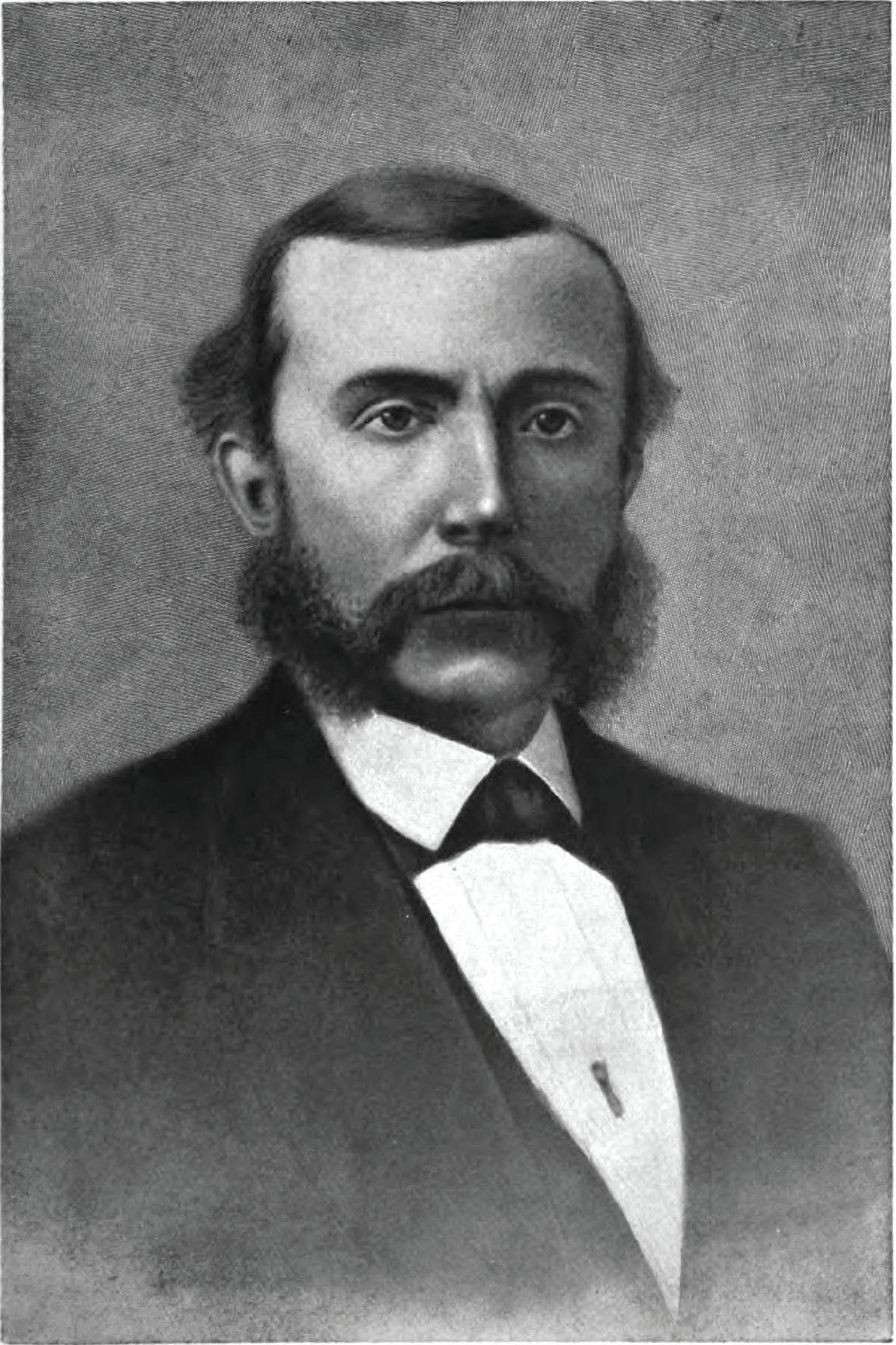|
73rd Street (Manhattan)
The East 73rd Street Historic District is a block of that street on the Upper East Side of the New York City borough of Manhattan, on the south side of the street between Lexington and Third Avenues. It is a neighborhood of small rowhouses built from the mid-19th to early 20th centuries. Many of the houses were originally carriage houses for wealthy residents of the Upper East Side, such as Edward Harkness, and their facades still reflect that origin. Among the architects who designed the buildings were Richard Morris Hunt and Charles Romeyn. Later owners included Joseph Pulitzer. Eventually the buildings were converted for automotive use. Some have become purely residential. The block has remained architecturally distinct even as those around it have seen larger and more modern construction replace all or some of their original buildings. In 1980 the individual buildings were designated New York City Landmarks, and two years later it was added to the National Register of Hist ... [...More Info...] [...Related Items...] OR: [Wikipedia] [Google] [Baidu] |
Upper East Side
The Upper East Side, sometimes abbreviated UES, is a neighborhood in the borough of Manhattan in New York City, bounded by 96th Street to the north, the East River to the east, 59th Street to the south, and Central Park/Fifth Avenue to the west. The area incorporates several smaller neighborhoods, including Lenox Hill, Carnegie Hill, and Yorkville. Once known as the Silk Stocking District,The City Review Upper East Side, the Silk Stocking District it has long been the most affluent neighborhood in New York City. The Upper East Side is part of Manhattan Community District 8, and its primary ZIP Codes are 10021, 10028, 10065, 10075, and 10128 ... [...More Info...] [...Related Items...] OR: [Wikipedia] [Google] [Baidu] |
New York City Landmarks Preservation Commission
The New York City Landmarks Preservation Commission (LPC) is the New York City agency charged with administering the city's Landmarks Preservation Law. The LPC is responsible for protecting New York City's architecturally, historically, and culturally significant buildings and sites by granting them landmark or historic district status, and regulating them after designation. It is the largest municipal preservation agency in the nation. , the LPC has designated more than 37,000 landmark properties in all five boroughs. Most of these are concentrated in historic districts, although there are over a thousand individual landmarks, as well as numerous interior and scenic landmarks. Mayor Robert F. Wagner Jr. first organized a preservation committee in 1961, and the following year, created the LPC. The LPC's power was greatly strengthened after the Landmarks Law was passed in April 1965, one and a half years after the destruction of Pennsylvania Station. The LPC has been involved ... [...More Info...] [...Related Items...] OR: [Wikipedia] [Google] [Baidu] |
Chauffeur
A chauffeur is a person employed to drive a passenger motor vehicle, especially a luxury vehicle such as a large sedan or limousine. Originally, such drivers were often personal employees of the vehicle owner, but this has changed to specialist chauffeur service companies or individual drivers that provide both driver and vehicle for hire. Some service companies merely provide the driver. History The term ''chauffeur'' comes from the French term for stoker because the earliest automobiles, like their railroad and sea vessel counterparts, were steam-powered and required the driver to stoke the engine. Early petrol/gasoline-powered motor cars, before the advent of electric ignition, were ignited by 'hot tubes' in the cylinder head which had to be pre-heated before the engine would start. Hence the term ''chauffeur'' which, in this context, means something like "heater-upper". The chauffeur would prime the hot tubes at the start of a journey, after which the natural compression ... [...More Info...] [...Related Items...] OR: [Wikipedia] [Google] [Baidu] |
Squash (sport)
Squash is a racket-and- ball sport played by two or four players in a four-walled court with a small, hollow, rubber ball. The players alternate in striking the ball with their rackets onto the playable surfaces of the four walls of the court. The objective of the game is to hit the ball in such a way that the opponent is not able to play a valid return. There are about 20 million people who play squash regularly world-wide in over 185 countries. The governing body of Squash, the World Squash Federation (WSF), is recognized by the International Olympic Committee (IOC), but the sport is not part of the Olympic Games, despite a number of applications. Supporters continue to lobby for its incorporation in a future Olympic program. The Professional Squash Association (PSA) organizes the pro tour. History Squash has its origins in the older game of rackets which was played in London's prisons in the 19th century. Later, around 1830, boys at Harrow School noticed that a punctured b ... [...More Info...] [...Related Items...] OR: [Wikipedia] [Google] [Baidu] |
Fifth Avenue (Manhattan)
Fifth Avenue is a major and prominent thoroughfare in the borough of Manhattan in New York City. It stretches north from Washington Square Park in Greenwich Village to West 143rd Street in Harlem. It is one of the most expensive shopping streets in the world. Fifth Avenue carries two-way traffic from 142nd to 135th Street and carries one-way traffic southbound for the remainder of its route. The entire street used to carry two-way traffic until 1966. From 124th to 120th Street, Fifth Avenue is cut off by Marcus Garvey Park, with southbound traffic diverted around the park via Mount Morris Park West. Most of the avenue has a bus lane, though not a bike lane. Fifth Avenue is the traditional route for many celebratory parades in New York City, and is closed on several Sundays per year. Fifth Avenue was originally only a narrower thoroughfare but the section south of Central Park was widened in 1908. The midtown blocks between 34th and 59th Streets were largely a residential ... [...More Info...] [...Related Items...] OR: [Wikipedia] [Google] [Baidu] |
Standard Oil
Standard Oil Company, Inc., was an American oil production, transportation, refining, and marketing company that operated from 1870 to 1911. At its height, Standard Oil was the largest petroleum company in the world, and its success made its co-founder and chairman, John D. Rockefeller, who is among the wealthiest Americans of all time and among the richest people in modern history. Its history as one of the world's first and largest multinational corporations ended in 1911, when the U.S. Supreme Court ruled that it was an illegal monopoly. The company was founded in 1863 by Rockefeller and Henry Flagler, and was incorporated in 1870. Standard Oil dominated the oil products market initially through horizontal integration in the refining sector, then, in later years vertical integration; the company was an innovator in the development of the business trust. The Standard Oil trust streamlined production and logistics, lowered costs, and undercut competitors. "Trust-busting" cri ... [...More Info...] [...Related Items...] OR: [Wikipedia] [Google] [Baidu] |
New York World
The ''New York World'' was a newspaper published in New York City from 1860 until 1931. The paper played a major role in the history of American newspapers. It was a leading national voice of the Democratic Party. From 1883 to 1911 under publisher Joseph Pulitzer, it was a pioneer in yellow journalism, capturing readers' attention with sensation, sports, sex and scandal and pushing its daily circulation to the one-million mark. It was sold in 1930 and merged into the ''New York World-Telegram''. History Early years The ''World'' was formed in 1860. From 1862 to 1876, it was edited by Manton Marble, who was also its proprietor. During the 1864 United States presidential election, the ''World'' was shut down for three days after it published forged documents purportedly from Abraham Lincoln. Marble, disgusted by the defeat of Samuel Tilden in the 1876 presidential election, sold the paper after the election to a group headed by Thomas A. Scott, the president of the Pennsylva ... [...More Info...] [...Related Items...] OR: [Wikipedia] [Google] [Baidu] |
Horse And Buggy
] A horse and buggy (in American English) or horse and carriage (in British English and American English) refers to a light, simple, two-person carriage of the late 18th, 19th and early 20th centuries, drawn usually by one or sometimes by two horses. Also called a roadster or a trap, it was made with two wheels in England and the United States (also made with four wheels). It had a folding or falling top. History A Concorde buggy, first made in Concord, New Hampshire, had a body with low sides and side-spring suspension. A buggy having two seats was called a double buggy. A buggy called a stanhope typically had a high seat and closed back. The bodies of buggies were sometimes suspended on a pair of longitudinal elastic wooden bars called ''sidebars''. A buggy whip had a small, usually tasseled tip called a ''snapper''. In countries such as the United States, the United Kingdom, and Canada, it was a primary mode of short-distance personal transportation, especially between 181 ... [...More Info...] [...Related Items...] OR: [Wikipedia] [Google] [Baidu] |
Central Park
Central Park is an urban park in New York City located between the Upper West Side, Upper West and Upper East Sides of Manhattan. It is the List of New York City parks, fifth-largest park in the city, covering . It is the most visited urban park in the United States, with an estimated 42 million visitors annually , and is the most filmed location in the world. After proposals for a large park in Manhattan during the 1840s, it was approved in 1853 to cover . In 1857, landscape architects Frederick Law Olmsted and Calvert Vaux won a Architectural design competition, design competition for the park with their "Greensward Plan". Construction began the same year; existing structures, including a majority-Black settlement named Seneca Village, were seized through eminent domain and razed. The park's first areas were opened to the public in late 1858. Additional land at the northern end of Central Park was purchased in 1859, and the park was completed in 1876. After a period of de ... [...More Info...] [...Related Items...] OR: [Wikipedia] [Google] [Baidu] |
Working Class
The working class (or labouring class) comprises those engaged in manual-labour occupations or industrial work, who are remunerated via waged or salaried contracts. Working-class occupations (see also " Designation of workers by collar colour") include blue-collar jobs, and most pink-collar jobs. Members of the working class rely exclusively upon earnings from wage labour; thus, according to more inclusive definitions, the category can include almost all of the working population of industrialized economies, as well as those employed in the urban areas (cities, towns, villages) of non-industrialized economies or in the rural workforce. Definitions As with many terms describing social class, ''working class'' is defined and used in many different ways. The most general definition, used by many socialists, is that the working class includes all those who have nothing to sell but their labour. These people used to be referred to as the proletariat, but that term has gone out of ... [...More Info...] [...Related Items...] OR: [Wikipedia] [Google] [Baidu] |
Middle Class
The middle class refers to a class of people in the middle of a social hierarchy, often defined by occupation, income, education, or social status. The term has historically been associated with modernity, capitalism and political debate. Common definitions for the middle class range from the middle fifth of individuals on a nation's income ladder, to everyone but the poorest and wealthiest 20%. Theories like "Paradox of Interest" use decile groups and wealth distribution data to determine the size and wealth share of the middle class. From a Marxist standpoint, middle class initially referred to the 'bourgeoisie,' as distinct from nobility. With the development of capitalist societies and further inclusion of the bourgeoisie into the ruling class, middle class has been more closely identified by Marxist scholars with the term 'petite bourgeoisie.' There has been significant global middle-class growth over time. In February 2009, ''The Economist'' asserted that over half of the ... [...More Info...] [...Related Items...] OR: [Wikipedia] [Google] [Baidu] |
Contributing Property
In the law regulating historic districts in the United States, a contributing property or contributing resource is any building, object, or structure which adds to the historical integrity or architectural qualities that make the historic district significant. Government agencies, at the state, national, and local level in the United States, have differing definitions of what constitutes a contributing property but there are common characteristics. Local laws often regulate the changes that can be made to contributing structures within designated historic districts. The first local ordinances dealing with the alteration of buildings within historic districts was passed in Charleston, South Carolina in 1931. Properties within a historic district fall into one of two types of property: contributing and non-contributing. A contributing property, such as a 19th-century mansion, helps make a historic district historic, while a non-contributing property, such as a modern medical clinic ... [...More Info...] [...Related Items...] OR: [Wikipedia] [Google] [Baidu] |
.jpg)







